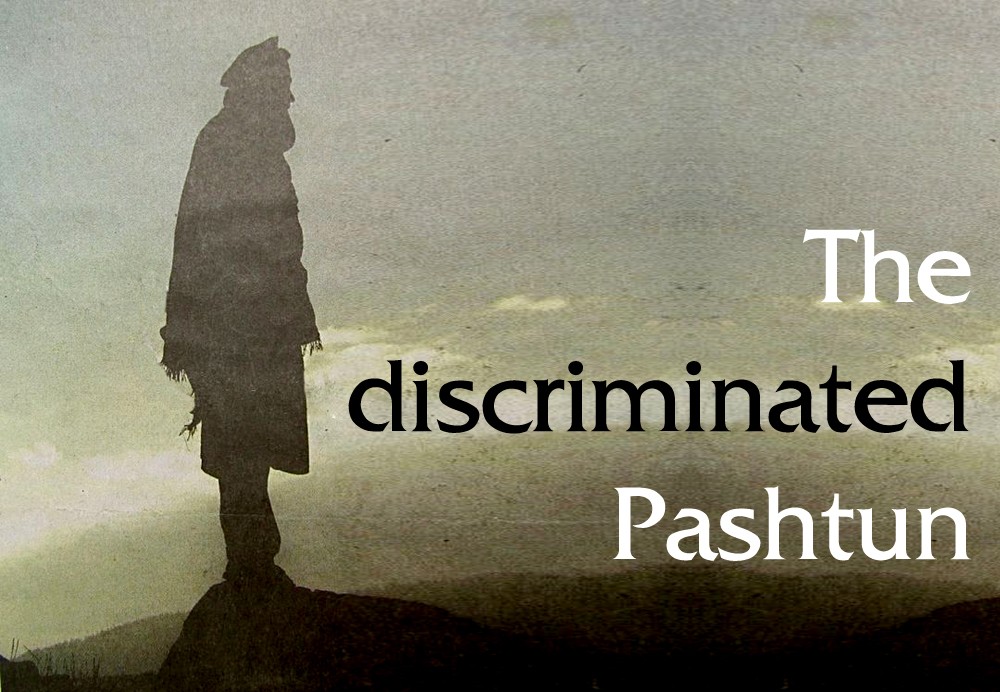
Highlighting the ethnic profiling and discriminatory approach of the Punjab law enforcement agencies against the Pashtuns

For the ordinary people of the country, or more specifically the internet users, the notice issued by the police spokesperson Zila Mandi Bahauddin that went viral, was an eye-opener. The content was discriminatory, bordering on humiliation of the Pashtuns as an ethnicity. It alerted everyone to their systematic racial and ethnic profiling, especially in Punjab, crystallised after the recent terrorist attacks especially in Lahore.
Prior to its current phase, the discrimination was reserved for the Afghan refugees settled in this country for nearly forty years, where they have been persistently blamed and actually hauled after incidents of both terrorism and petty crime. This sense of other-ness now extends to the tribal Pashtuns who ran for their lives and livelihoods after massive military operations to the safety of big cities in other provinces and just about all Pashtuns.
The house search and re-verification, which the Pashtuns rightly call as ethnic-profiling, is being massively conducted in Punjab, but is also being replicated in interior Sindh after the Sehwan blast. In Punjab, as rightly pointed out, the aim is to look for enemies without.
The truth is that the state’s faulty policies have led to unwarranted consequences, including mass migrations of people against their will. These centralised policies have proved divisive for the country, alienated people, and pitched them against each other.
Read also: The discriminated Pashtun
The Afghan refugees were allowed to settle and assimilate in the society and yet deprived of any form of citizenship rights.
Even today, the state is spreading fear and reinforcing it among the people. That it is doing it against its own marginalised disempowered people, those who are themselves victims of terrorism, is a sad state of affairs.
Our Special Report today is a protest against this discrimination of Pashtuns, through history and in more recent times.